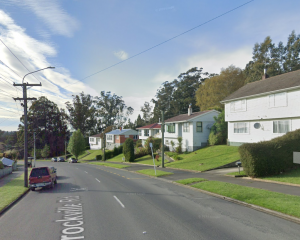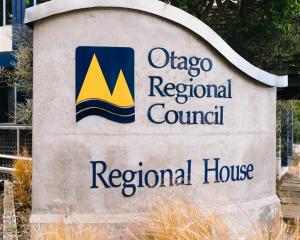Prof Lloyd, a University of Otago physicist, says official Energy Data File figures show that in 2011 domestic electricity users paid 77% more in real terms than they did in 1990.
By contrast, commercial users, in a stronger bargaining position with power companies, actually paid 19% less in real terms that year.
And ''industrial'' users, mainly involved in manufacturing, paid slightly less, down 2.5% in real 2011 dollar terms, adjusted for inflation.
Prof Lloyd said development of the country's market-based competitive electricity pricing system in the 1990s had been partly promoted as providing cheaper energy for householders.
And in real, inflation-adjusted terms, the domestic electricity user had effectively paid a growing multibillion-dollar subsidy to commercial and industrial users, over the past two decades amounting to $1.1 billion in 2011 alone.
He urged a ''major rethink'' of the system, particularly to address the adverse effects on low income earners, including those facing ''fuel poverty'' and struggling to heat cold houses.
Prof Lloyd, who directs the physics department's energy studies programme, said he had calculated, using ministry figures, that the real overall cost of electricity in this country had risen 21% between 1990 and 2011.
If this increase had been made across the board between all sectors - residential, commercial and industrial- and the relative tariff prices per kilowatt hour kept constant at 1990 levels, then domestic users would have ''paid out a total of $2.3 billion'' in 2011, in real terms.
But $3.4 billion dollars had actually been paid by householders for electricity consumed that year.
The change in tariff price structure had resulted in an effective $1.1 billion subsidy from New Zealand householders to the commercial and industrial sectors in that year.
Detailed figures, given in the former Ministry of Economic Development's annual Energy Data File last year, showed domestic energy users paid 14.84 cents per kilowatt hour in 1990 in real, inflation-adjusted terms, but later paid 26.23 cents (77% more) in 2011.
By contrast, commercial users, including banks and other many other non-manufacturing businesses, had paid 19.63 cents per kilowatt hour in 1990, but paid only 15.85 cents in 2011 - down 19%, also in real 2011 dollar terms.
And industrial users had paid 9.35 cents in 2011, down slightly from 9.59 cents in 1990.
The market-oriented energy pricing system had been introduced, developed and maintained by successive governments.
He said it had clearly had unintended consequences for some householders and there was scope for improvements.











